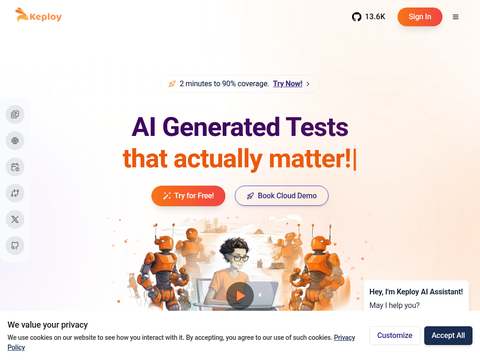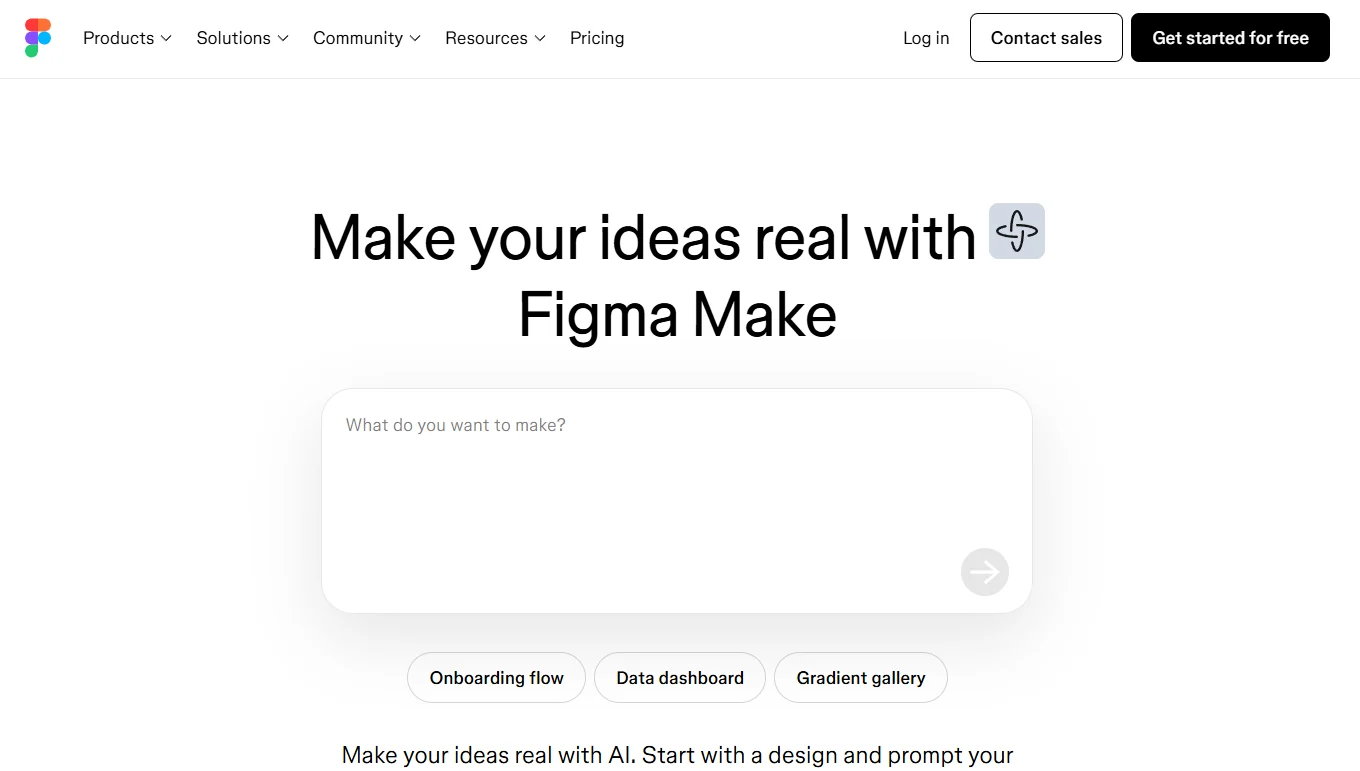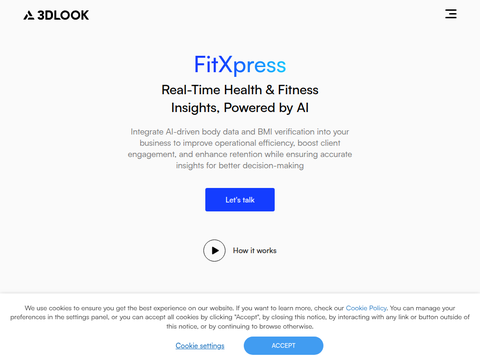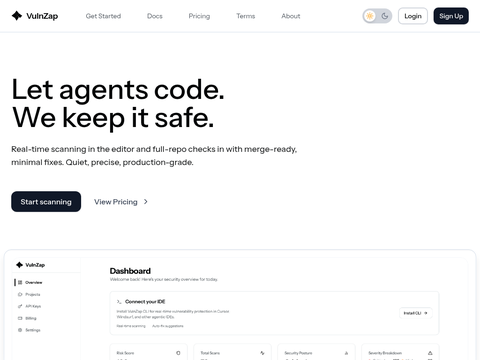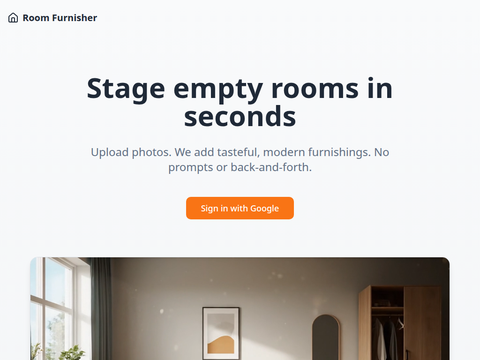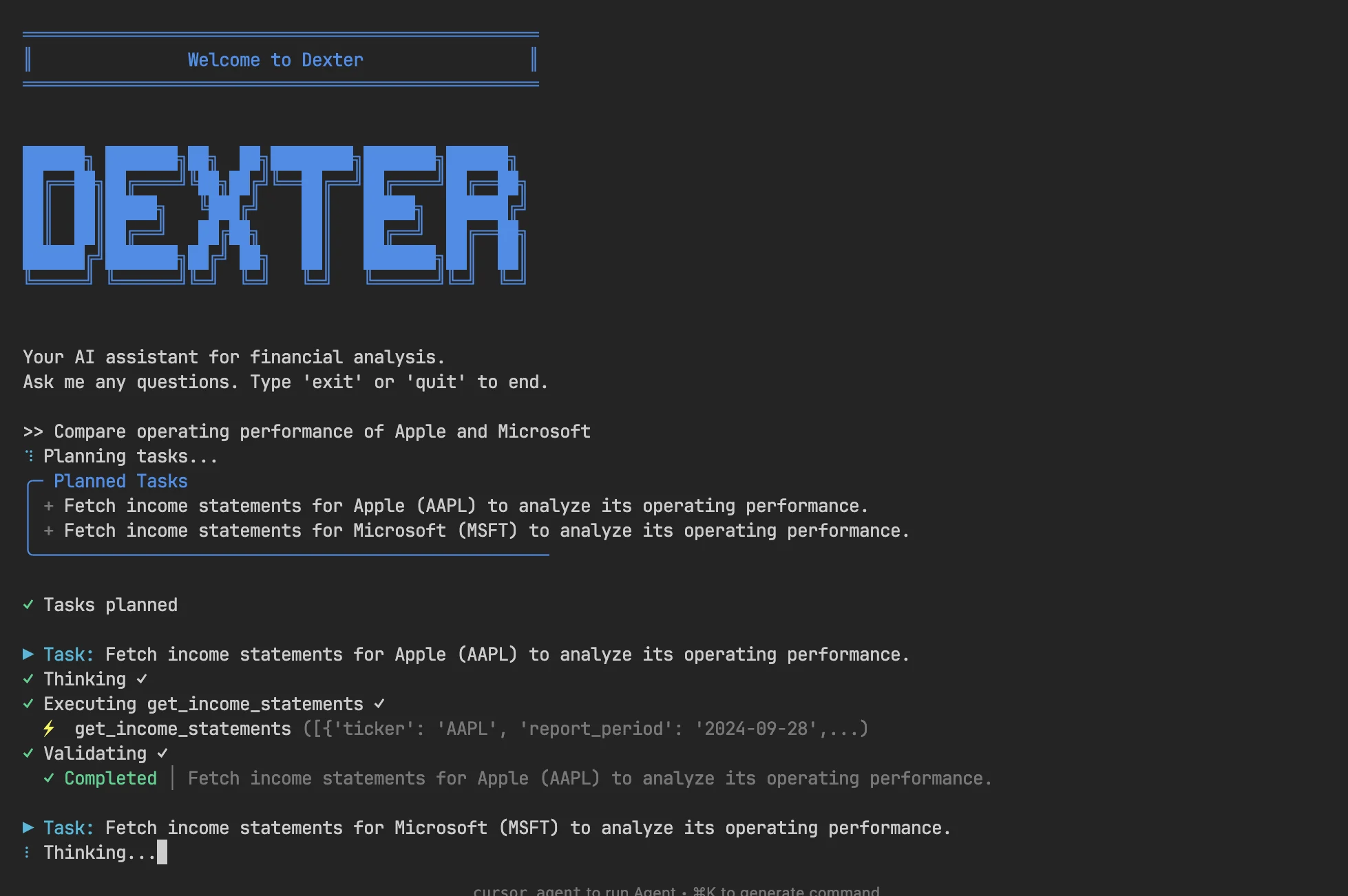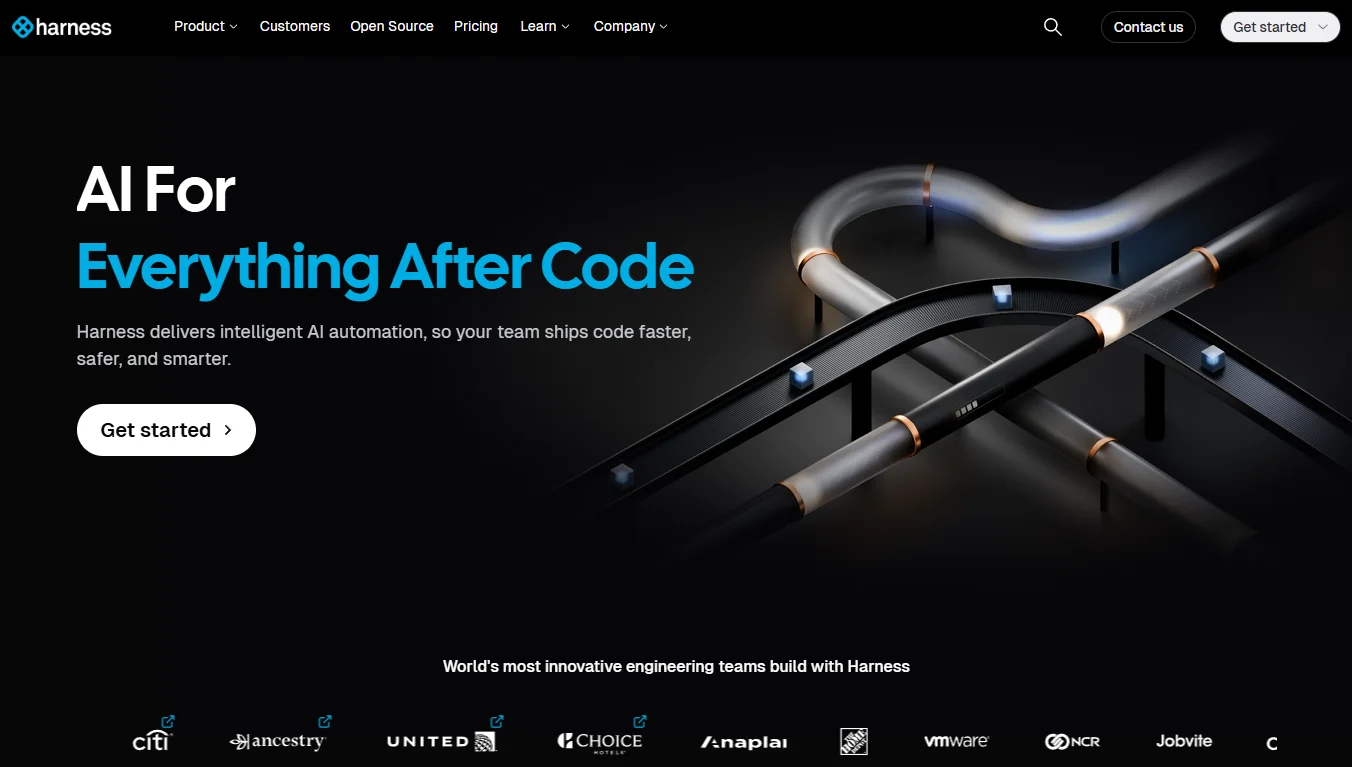Android operating system president Sameer Samat has officially confirmed the integration of ChromeOS and Android into a unified platform. This strategic move aligns with Google's ongoing efforts to optimize Android for large-screen devices, including the introduction of desktop-style window management in Android 16.
When asked about his reasons for using Apple products during an interview with TechRadar, Samat stated: "My question stems from our plan to merge ChromeOS and Android into a single platform. I'm particularly interested in how users currently utilize their laptops and complete daily tasks."
ChromeOS functions as the operating system for Chromebook laptops, while Android remains Google's Linux-based mobile operating system. Samat later clarified on X that Google is "building ChromeOS experiences based on Android's foundational technologies," a strategy formally announced in the previous year. The company aims to "achieve new performance levels, accelerate iteration cycles, and enhance synergy between laptops and smartphones."
Google's urgent pursuit of Apple's ecosystem dominance
A key factor contributing to Apple's popularity lies in its seamless integration of hardware, software, and cloud services. Google seeks to replicate this synergy to attract users away from iPhone and MacBook products toward Chromebook and Android devices.
Past attempts using Android and ChromeOS tablets have yielded limited success against Apple's iPad dominance. Since the pandemic, ChromeOS' market position has declined amid a surge in demand for affordable home computers, leading to numerous updates.
Google's new strategy focuses on merging laptop software with "the world's most popular operating system" as described by Samat, who expressed interest in evolving laptop usage patterns. While ChromeOS has supported Android apps for years, Google announced in June 2024 that future ChromeOS development would "primarily leverage Android's technical architecture."
By November 2024, sources revealed to Android Authority that Google was "fully transitioning ChromeOS to Android" to compete with Apple's iPad and optimize engineering resources. Over time, more desktop features like external display support and multi-window capabilities will be incrementally integrated into Android.
However, adapting Android for desktop environments extends beyond challenging Apple. ARM-based laptops sharing Android's architecture are gaining traction, projected to capture 40% of the laptop market by 2029.

